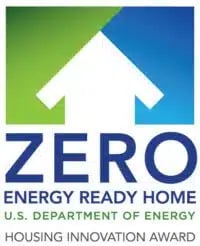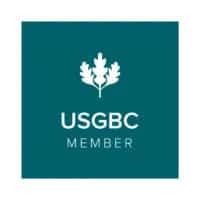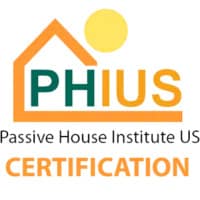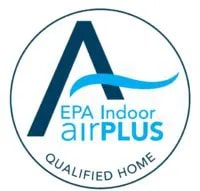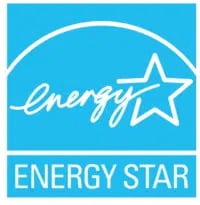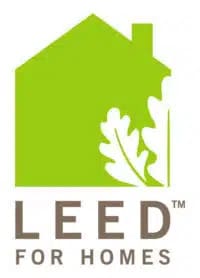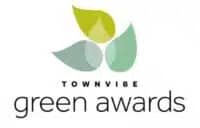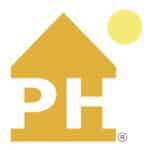The National Green Building Standard (NGBS) is a residential green building certification program created by a consortium of home building and standards organizations. The program has standards for both single-family homes and multi-family apartment buildings.
The National Association of Home Builders (NAHB) adopted the NGBS for use by its members. The NGBS is also a residential green building standard approved by the American National Standards Institute (ANSI).
Six National Green Building Standard Areas of Focus
There are six primary areas of focus with requirements that homes built to this standard must meet: The areas include:
- Energy efficiency
- Water efficiency
- Lot development
- Efficient use of resources
- Operations and maintenance
- Indoor environmental quality
Like the many other green home certification standards that exist, homes built to NGBS criteria provide a host of benefits to the homeowner, from lower cost of ownership to exceptional comfort and indoor air quality. Any BPC home that meets the National Green Building Standard is also guaranteed to be of the highest quality and better for the environment.
Four NGBS Certification Levels
The NGBS is a point-based system. Depending on how many points a home earns, it can earn one of these four certification levels:
- Bronze
- Silver
- Gold
- Emerald (highest)
BPC Green Homes and the NGBS
BPC has built custom green homes certified under one or more green home building industry standards that also meet the National Green Building Standard requirements. One example is the Taft House, which is certified as LEED Platinum but also meets the requirements for certification under the NGBS program for its top Emerald Level category.
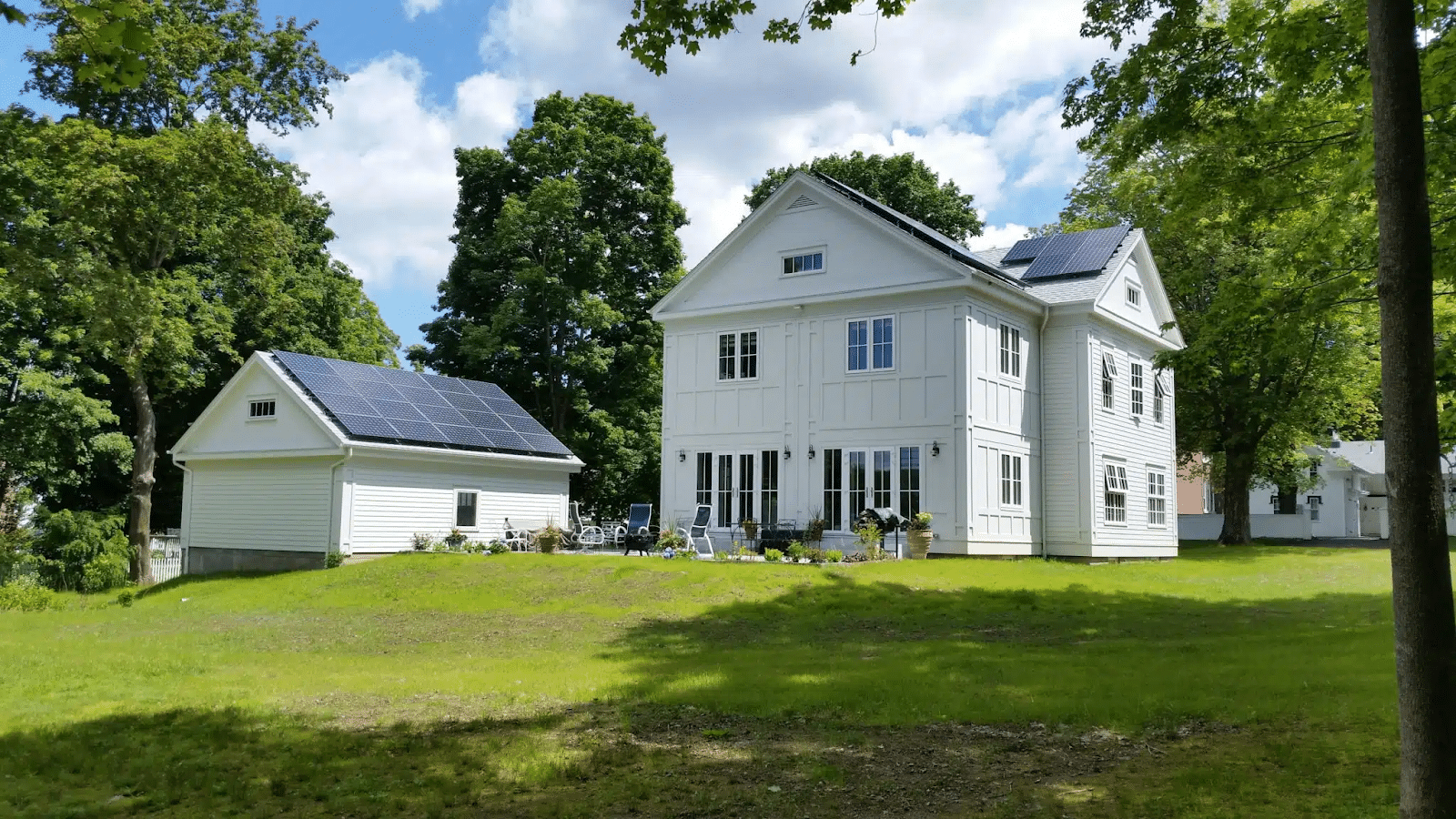
Taft House is certified as a Zero Energy Ready Home, a Passive House, is a Net Zero Energy Home, a Positive Energy Home, and would qualify as an NGBS Emerald Level home if the home was submitted for certification.
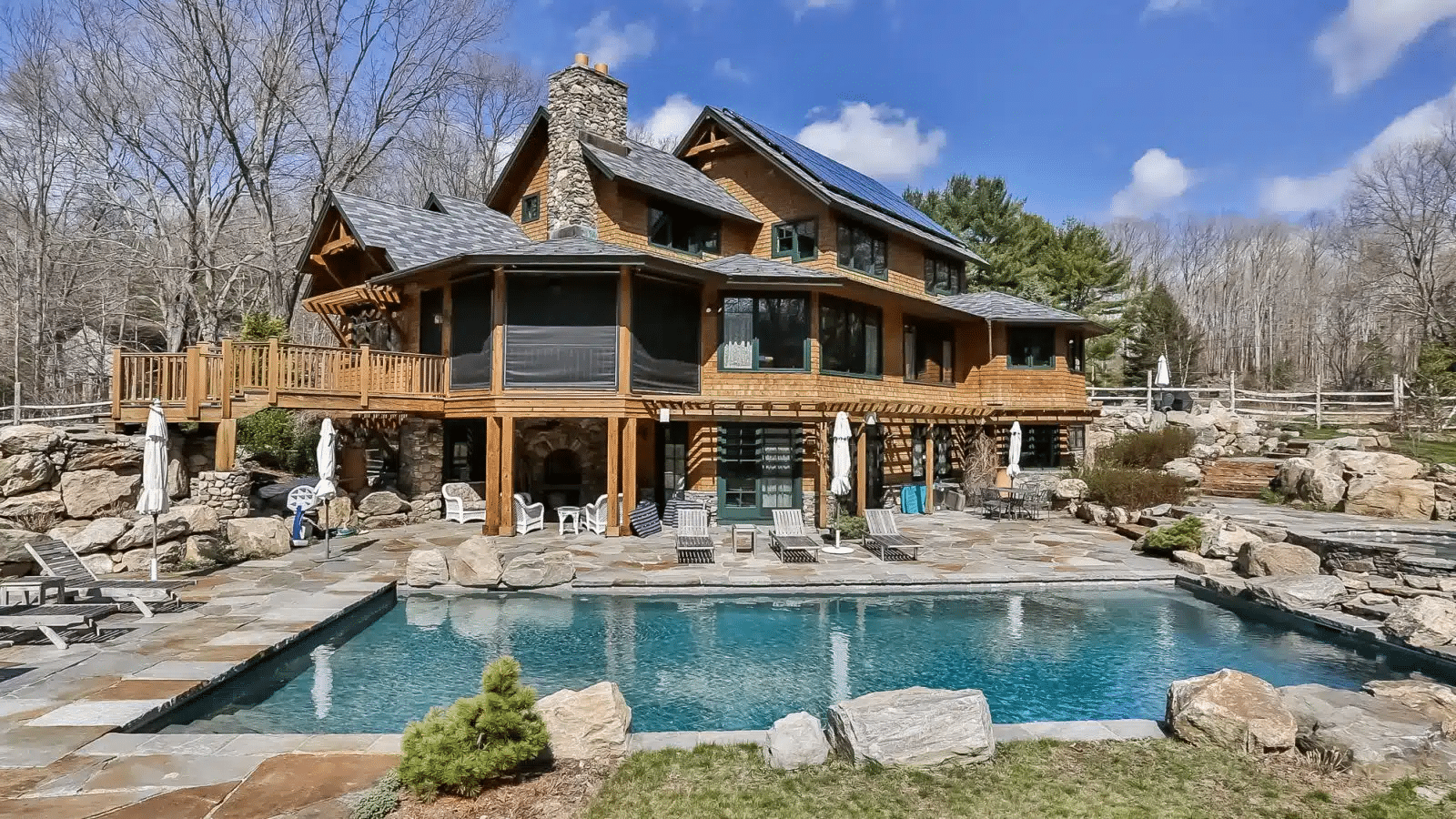
To date, one of BPC’s homes has earned the highest National Green Building Standard certification possible—the NGBS Emerald level certification. Click here to learn more about this home.
Third-Party Verification Required for NGBS Certification
Like most established green building certification programs, the National Green Building Standard requires third-party verification for certification.
There are costs associated with third-party verification and for submitting the home for certification. For some programs, the costs are relatively low. But for some, like the NGBS, the costs can run thousands of dollars. This is why some homeowners, including BPC clients, opt to certify their home under only one program, even when their home meets the standards required for multiple programs.


